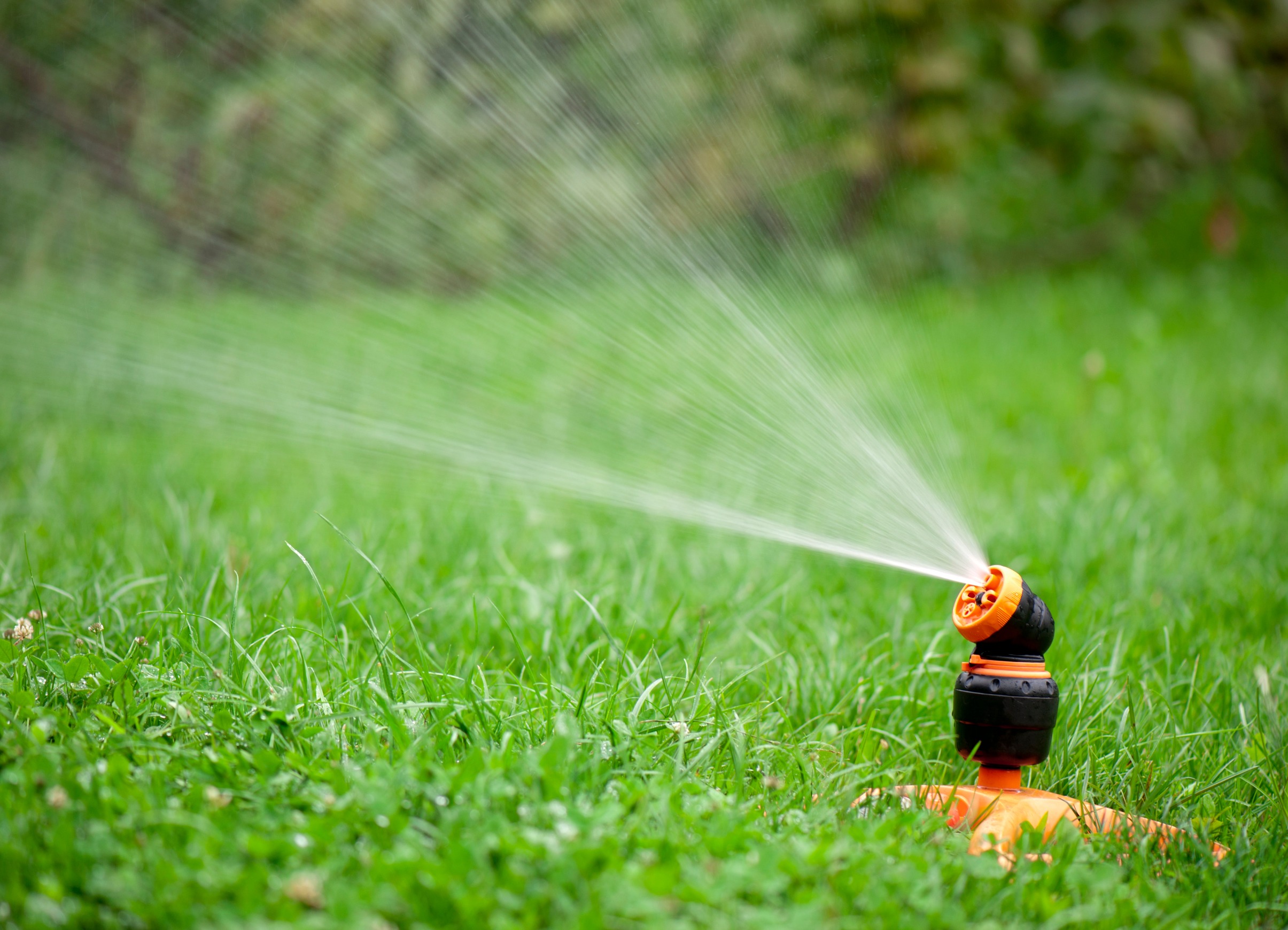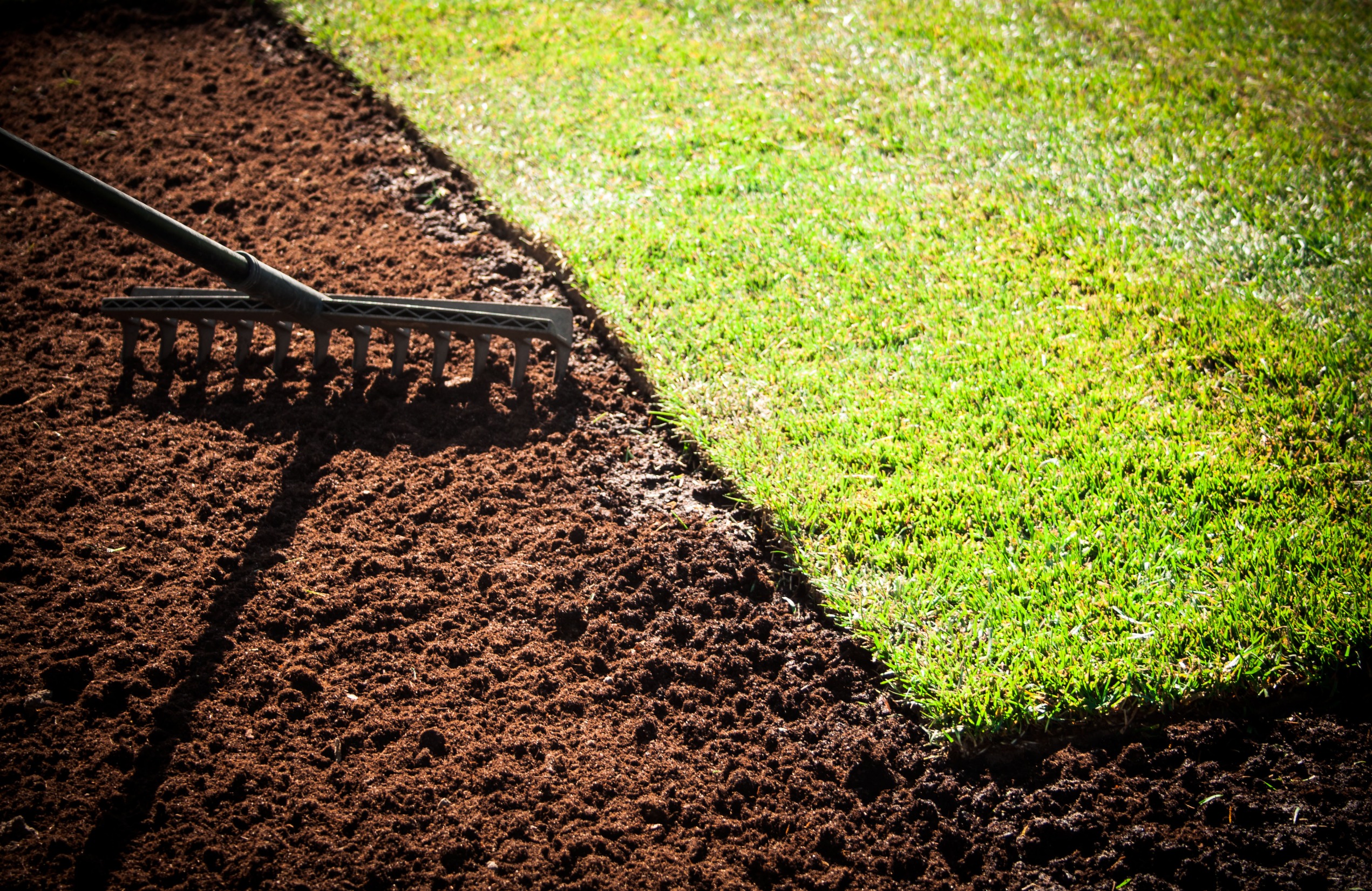Installing sod in the fall gives your lawn an excellent head start — cooler air temperatures, milder sun, and more consistent moisture create conditions that help your turf take root and establish before winter. But simply laying sod isn’t enough: proper care during those first few weeks is crucial for long-term success. Below is a guide to help your new sod thrive through fall and beyond.
1. Water Immediately & Gently
Right after installation, your sod requires careful watering. Soak the soil thoroughly right after you lay the sod to help the roots settle into contact with the earth. For the first 7–10 days, water lightly 2 to 3 times per day, keeping the top inch of soil consistently moist (but not soggy). As the roots begin to develop, gradually reduce watering frequency while increasing how deeply you water.

2. Don’t Delay Mowing — But Be Gentle
Wait until the sod has firmly rooted before mowing — usually about 10 to 14 days, or when the grass blades stand upright and feel anchored. Use a sharp mower blade and set the height higher (around 3” to 3.5”) for the first few cuts. Never remove more than one-third of the blade height in a single mowing — the extra height helps protect tender roots.
3. Apply Light Fertilizer with Care
Once your sod is settled and has been mowed at least once, you can consider applying a light, balanced fertilizer. This provides nutrients to encourage healthy root growth. However, avoid heavy or excessive feeding too early — it can stress the new sod.
4. Minimize Foot Traffic & Protect
Treat your new sod like a fragile area — avoid walking on it, playing, or placing heavy objects over it for at least the first few weeks. Footprints can disturb the root-soil contact and slow establishment. Use signs, temporary barriers, or temporary walkways to keep off the area until it’s well-rooted.
5. Monitor for Stress, Weeds, and Pests
Fall is gentler than summer, but your new sod is still vulnerable.
-
Watch for heat or drought stress — yellowing or wilting may signal watering issues.
-
Avoid applying herbicides until the sod is completely established.
-
Keep an eye out for pests or fungus — damp, cool conditions can encourage disease.
-
Remove fallen leaves, debris, and thatch so they don’t smother or shade the new growth. Read this article about how to clean up leaves faster.
6. Transition to Maintenance Mode
Once your sod is well-rooted and you’ve given a few light feedings, you can gradually shift to a regular fall maintenance routine (mowing, watering, aeration, overseeding, etc.). The care you give now sets the foundation for next year’s healthy turf.
“Fall is the ideal time to prepare your lawn for next spring because cooler temperatures and increased moisture help the soil recover and grow stronger roots.”
— Ryno Lawn Care
That insight rings true for new sod as well — take advantage of the season’s conditions to give your turf the best start.
Proper care in the first several weeks makes all the difference.

